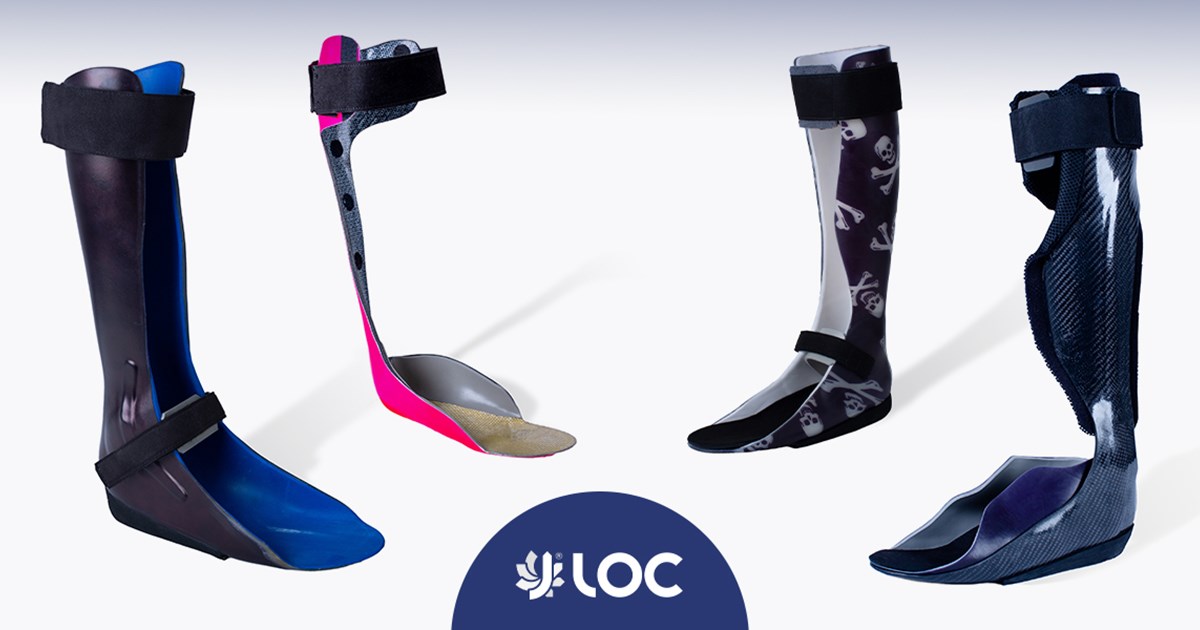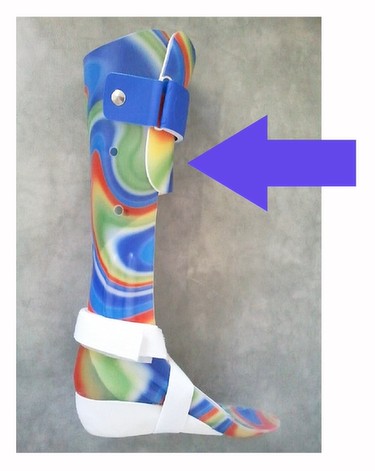4 Easy Facts About Foot Braces Explained
4 Easy Facts About Foot Braces Explained
Blog Article
4 Simple Techniques For Foot Braces
Table of ContentsThe 9-Minute Rule for Foot BracesThe Ultimate Guide To Foot BracesIndicators on Foot Braces You Need To Know
(1) Background: ankle-foot orthosis (AFO) is one of the most typically prescribed orthosis to clients with foot drop, and ankle and foot troubles. In this research study, we intended to assess the frequently utilized sorts of AFO and introduce the recent advancement of AFO. (2) Methods: narrative review. (3) Results: AFO protects against the foot from being dragged, supplies a clearance between the foot and the ground in the turning phase of stride, and maintains a secure position by enabling heel contact with the ground during the position stage.By placing thermoformed plastic to cover the favorable plaster design, it generates the orthosis in the precise shape of the version. PAFO commonly includes a shank shell, foot plate, and Velcro band, with rest on ankle joint joints as required [13,14] PAFO can be identified according click to investigate to the existence of hinges, generally as strong ankle joint types without joints and hinged ankle joint types with added joints.
The leaf-like creases are intended to strengthen the part of the ankle joint with the most amount of movement and repeated loadings. The creases act as a spring in the ankle joint that enables mild dorsiflexion in the mid and incurable positions, and this elasticity can also partially assist the push-off feature in the terminal position.

Our Foot Braces Ideas
The plantarflexion can additionally be entirely restricted by suitable the coverings at 90 without room in between. The Gillette joint, like the Oklahoma joint, attaches a separate shank covering with the foot shell, enabling both plantarflexion and dorsiflexion. HAFO is extensively utilized in youngsters with spastic diplegia and patients with spastic hemiplegia after stroke, as it can stretch the ankle joint plantar flexor to minimize rigidity and decrease topsy-turvy muscle-response patterns.
